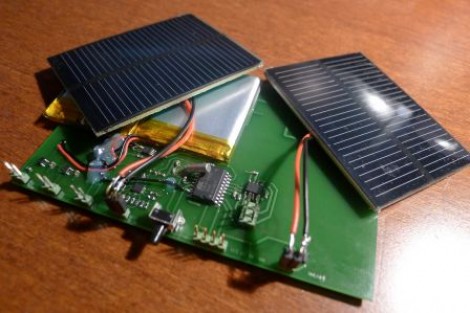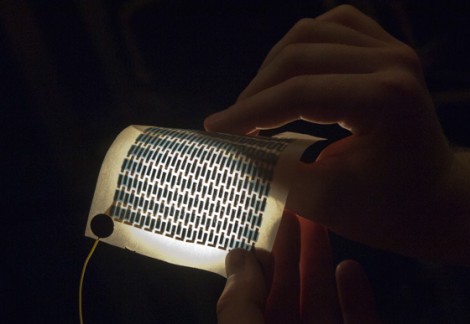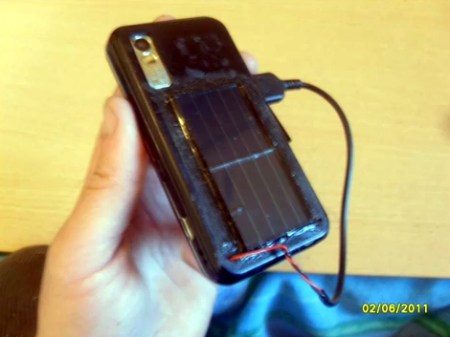
[Mathieu] was interested in using more solar cells for his everday electronics. He looked around but couldn’t find much information about using pholovoltaic for small indoor devices. We remember hearing some of the same things from [Dave Jones] in one of his EEVblog installments from a few years ago which looked at solar calculators; the only indoor solar gadget we can think of.
The quest for knowledge was on and [Mathieu] decided to build this indoor solar cell test platform. It’s a stable piece of hardware that allows him to run reliable tests in many different conditions. It’s designed to compare two identical cells. One is charging the Lithium cell, the other is driving a load directly. A second battery powers the platform separately from the solar circuits so that it can be used as a data logger. He collects, dumps, and graphs info from his test runs, then discusses his findings. We won’t spoil it, but the results are not great. Mostly you need sunlight to get real results as it’s just so much more powerful than artificial lighting.













